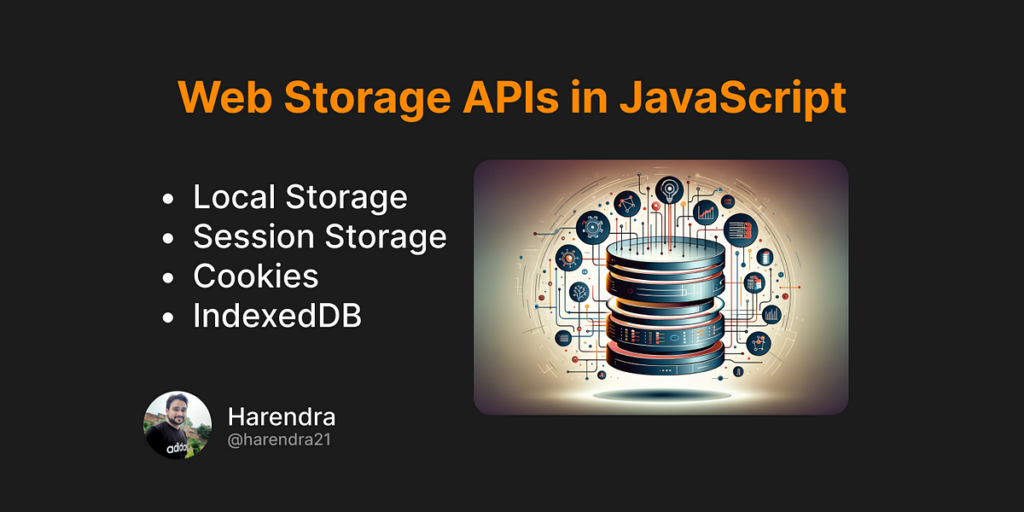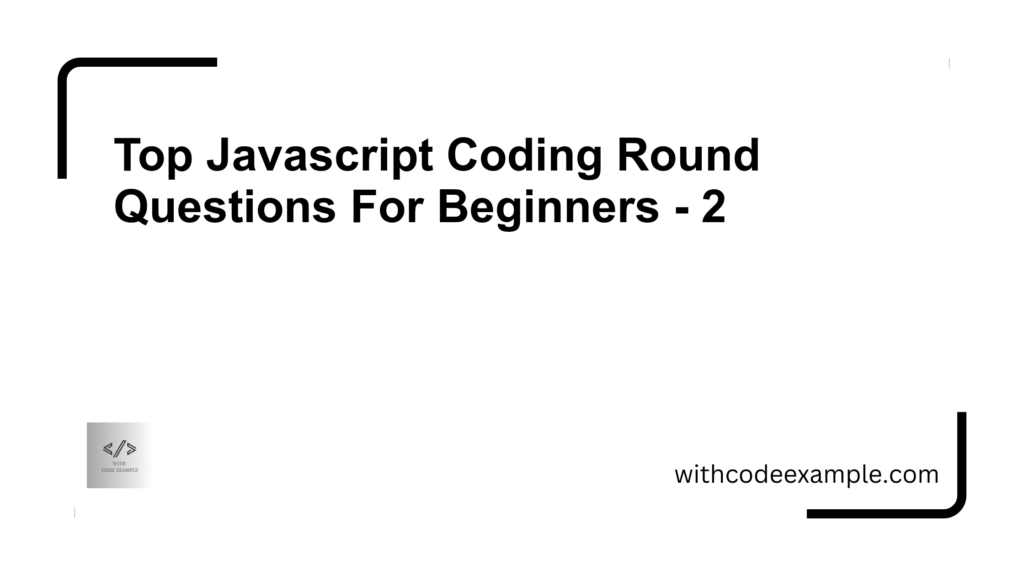In the rapidly evolving world of web development, staying updated with the latest features and updates is crucial. Last week, Vercel unveiled Next.js 15, showcasing some impressive new features such as partial pre-rendering. However, this is just the beginning of a wave of game-changing updates in JavaScript frameworks over the past few months. The good news for web developers is the plethora of new tools available, while the bad news is that your existing web apps might already be obsolete. In this article, we’ll explore 15 exciting new features in frontend JavaScript frameworks that you probably haven’t heard of yet.
React 19: A New Compiler
React 19 introduces a groundbreaking compiler feature that compiles code ahead of time, similar to frameworks like Svelte and Solid. This new approach eliminates the need for hooks like useMemo and useCallback, as the compiler already knows what needs to be rendered. This improvement significantly enhances React’s performance and simplifies the development process.
Next.js 15: Partial Pre-Rendering
Next.js 15 supports the new React 19 compiler and introduces partial pre-rendering. This feature allows you to combine static and dynamic content on the same page, streamlining the rendering process with a single HTTP request. This is particularly useful for pages that include both static content, like blog posts, and dynamic content, such as user comments.
Remix and React Router Integration
Remix and React Router have announced their merger, bringing together the best of both tools. This integration allows developers to remix their Remix code back into React Router code, offering greater flexibility and convenience in routing solutions.
TanStack Start: A New Challenger
TanStack is developing a new project called TanStack Start, which aims to provide server-side rendering capabilities, potentially making Next.js and Remix obsolete. This project promises to offer a versatile toolkit for multiple frameworks, including React.
Million Lint: Performance Analysis for React
Million Lint is an editor plugin that analyzes your React code for performance issues. Developed by the creator who optimized React’s performance, this tool is essential for ensuring your React projects run efficiently.
SolidStart 1.0: A Post-React Framework
Solid JS has released SolidStart 1.0, a meta-framework like Next.js but designed for Solid. It offers customizable file system routing, allowing developers to tailor the framework to their needs.
Svelte 5: RuneScape-Like Experience
Svelte 5 introduces a new reactive data system using “runes,” which function like compiler macros. These runes help Svelte identify reactive data, enhancing performance and developer experience.
Angular 18: Zoned Change Detection
Angular 18 now supports zoneless change detection with signals, making code easier to read and debug while reducing bundle size. This update further cements Angular’s reputation as a robust JavaScript framework.
Vue.js Vapor Mode
Vue.js is working on a new compilation strategy called Vapor Mode. This mode vaporizes the virtual DOM, allowing for more efficient updates to the regular DOM and squeezing out every bit of performance from the framework.
Qwik 2.0
Qwik 2.0 is an underrated framework that deserves more attention. Its latest version offers significant performance improvements and new features, making it a viable option for modern web development.
Mitosis: A Framework for Frameworks
Mitosis, from the team behind Qwik, allows you to write components using a subset of JSX and compile them to any framework, including React, Vue, and Svelte. It even converts Figma components into framework code, making it a versatile tool for developers.
HTMX 2.0: Minimal Changes, Maximum Impact
HTMX 2.0 brings minimal but impactful updates, maintaining its reputation as a straightforward JavaScript framework. This version emphasizes stability and simplicity, catering to developers who prefer a minimalist approach.
jQuery 4.0: Leaner and Cleaner
jQuery 4.0 focuses on removing bloat rather than adding new features. This release marks a phase of enlightenment for the framework, making it leaner and more efficient.
Astro Actions
Astro’s latest update introduces Astro Actions, which simplify form handling by allowing you to write functions that manage form submissions on the server. This feature integrates seamlessly with both backend and frontend updates.
Hono X: Server-Side Rendering and Client Hydration
Hono X, an extension of the Hono framework, offers server-side rendering with client-side hydration. It allows developers to bring their own renderer, providing a highly customizable framework experience.
JSR: A New Package Manager
JSR, from the team behind Deno, is a new package manager that automatically transpiles TypeScript code and generates API documentation. It also includes a registry for JavaScript developers, enhancing the development workflow.
Conclusion
These 15 features represent the cutting edge of JavaScript frameworks in 2024. From React’s new compiler to Svelte’s innovative runes, and from the integration of Remix and React Router to the minimalism of jQuery 4.0, these updates offer something for every developer. Staying abreast of these changes will help you build more efficient, performant, and modern web applications.




